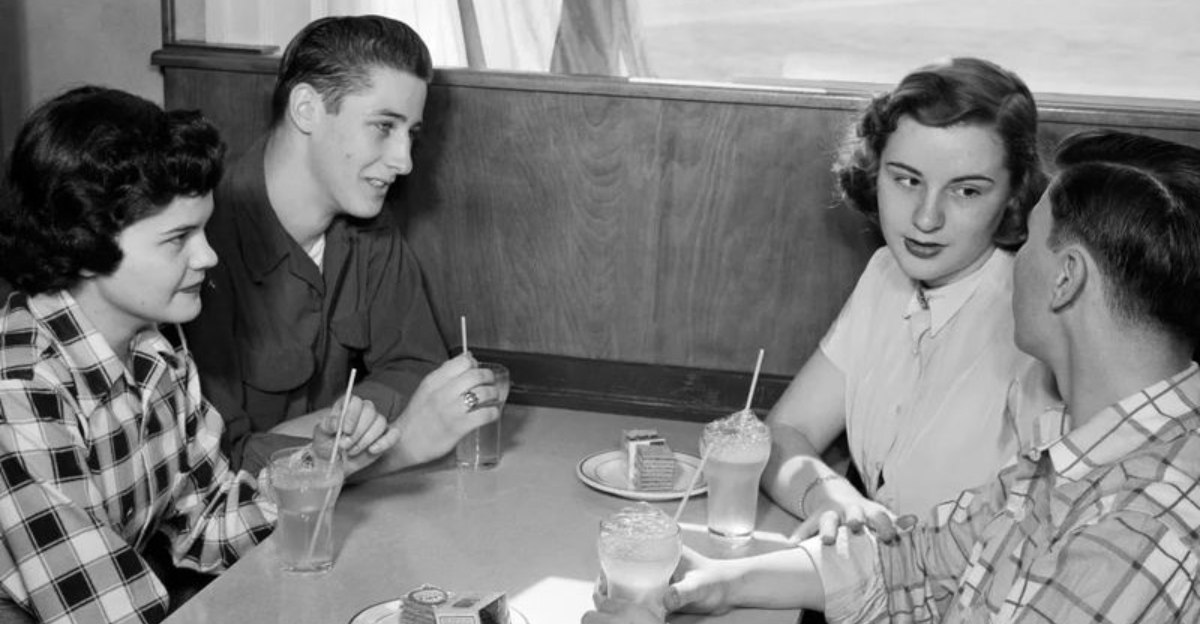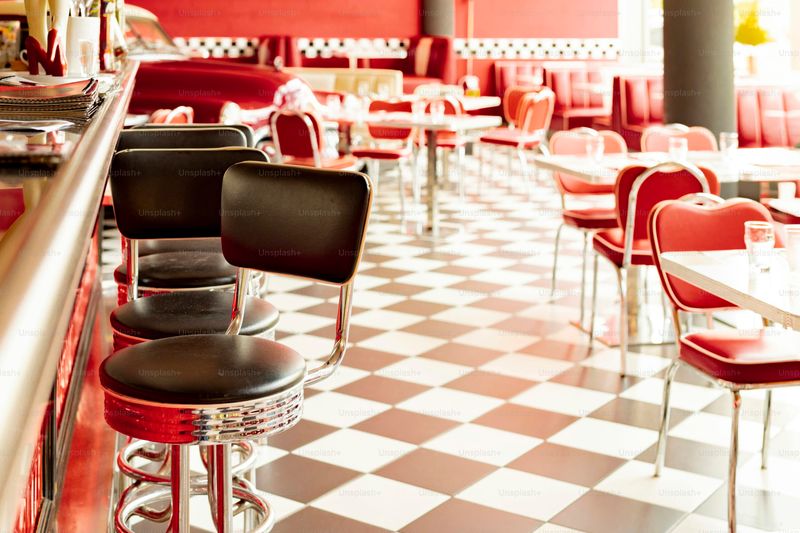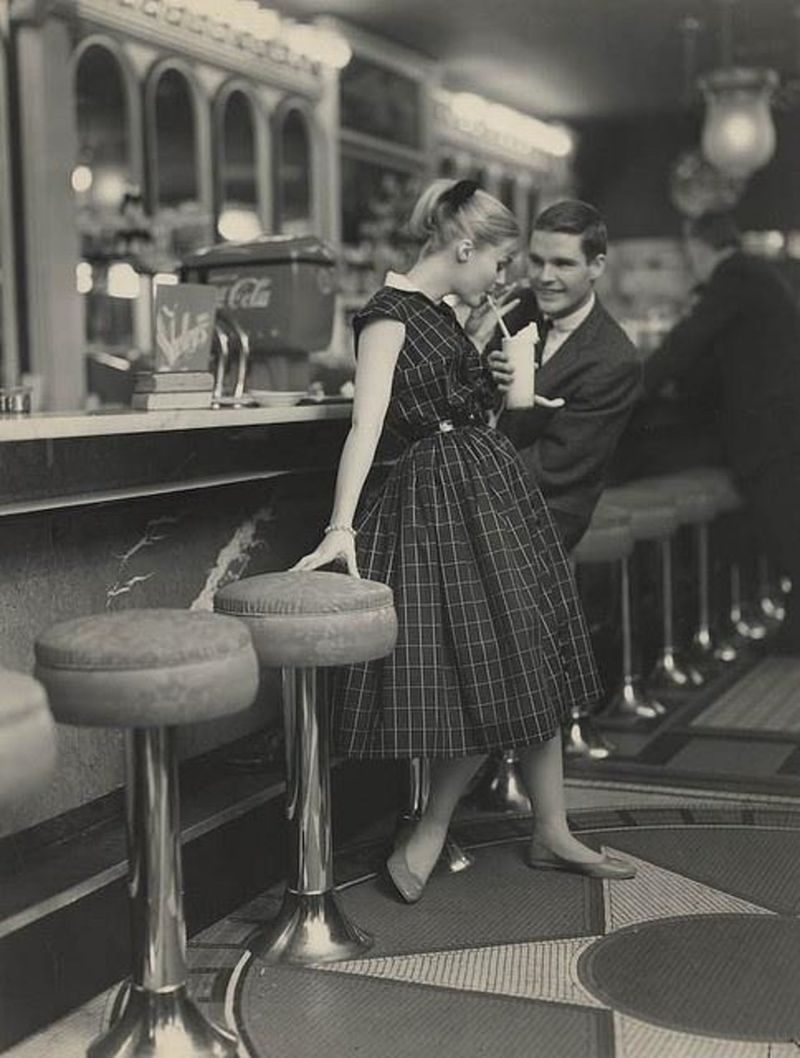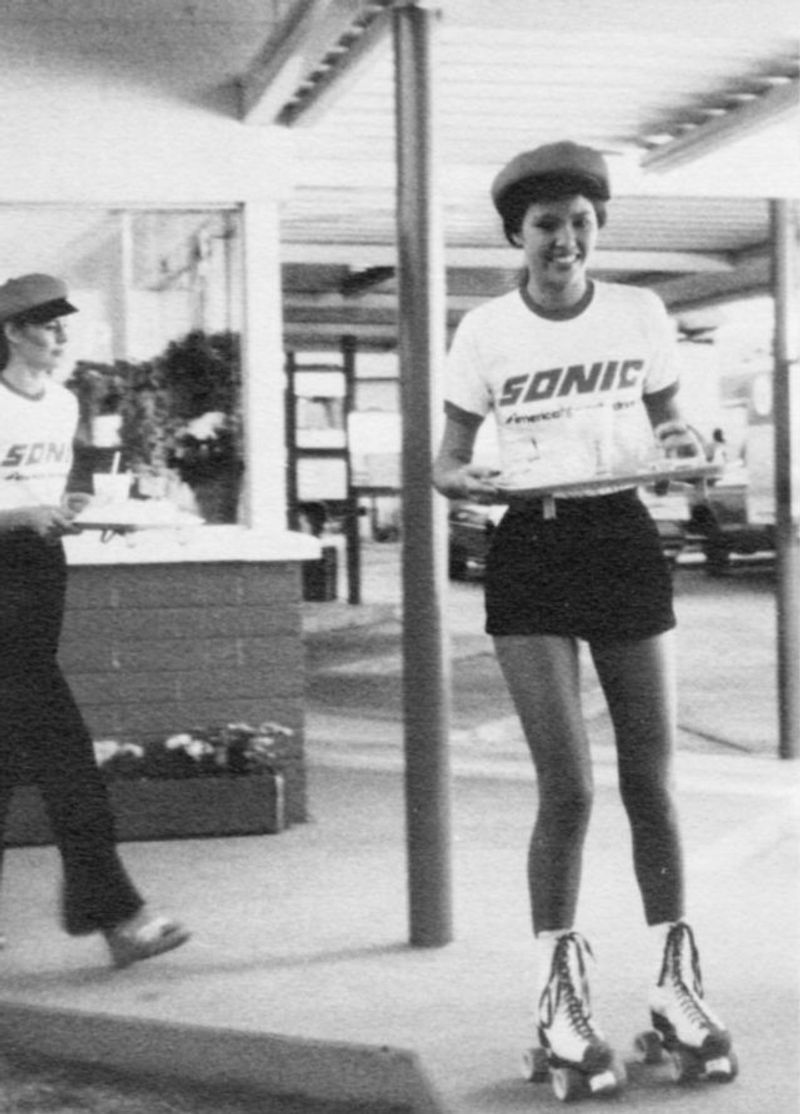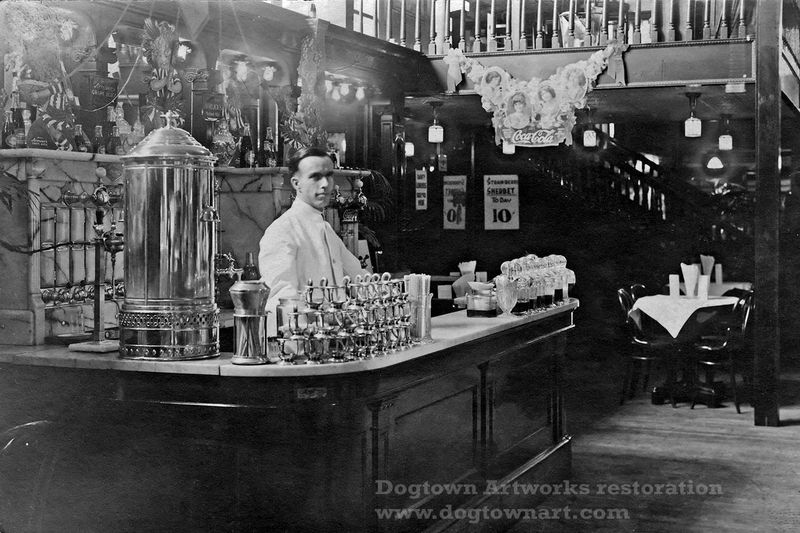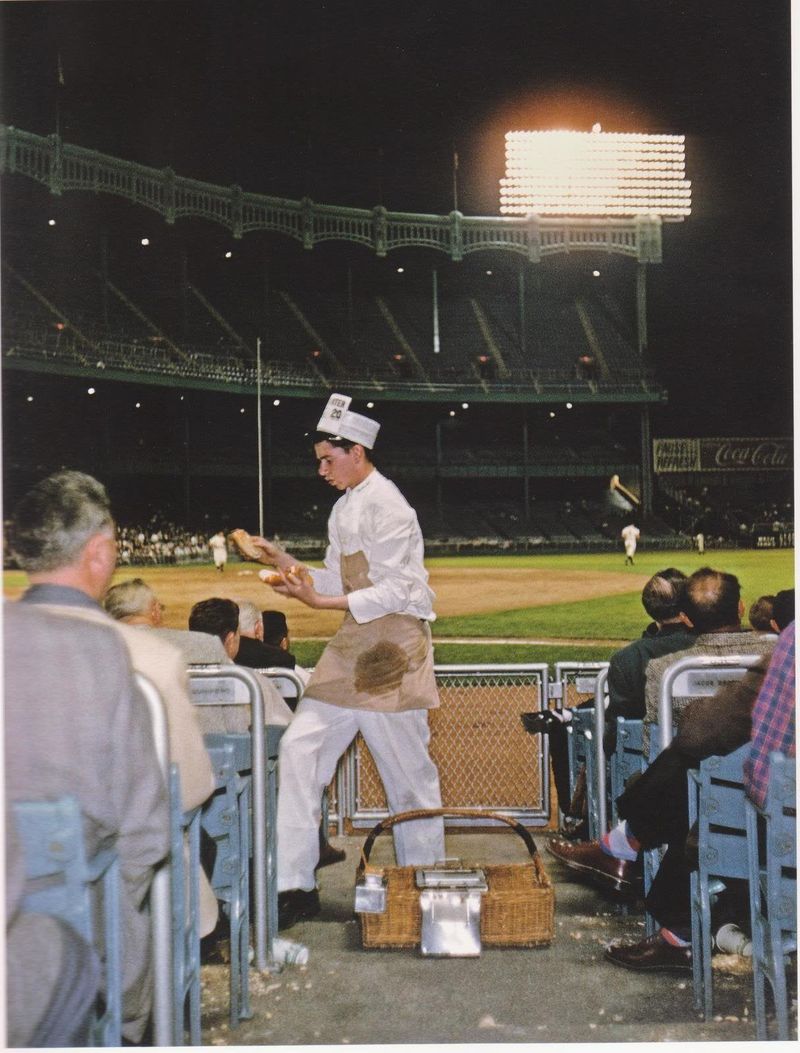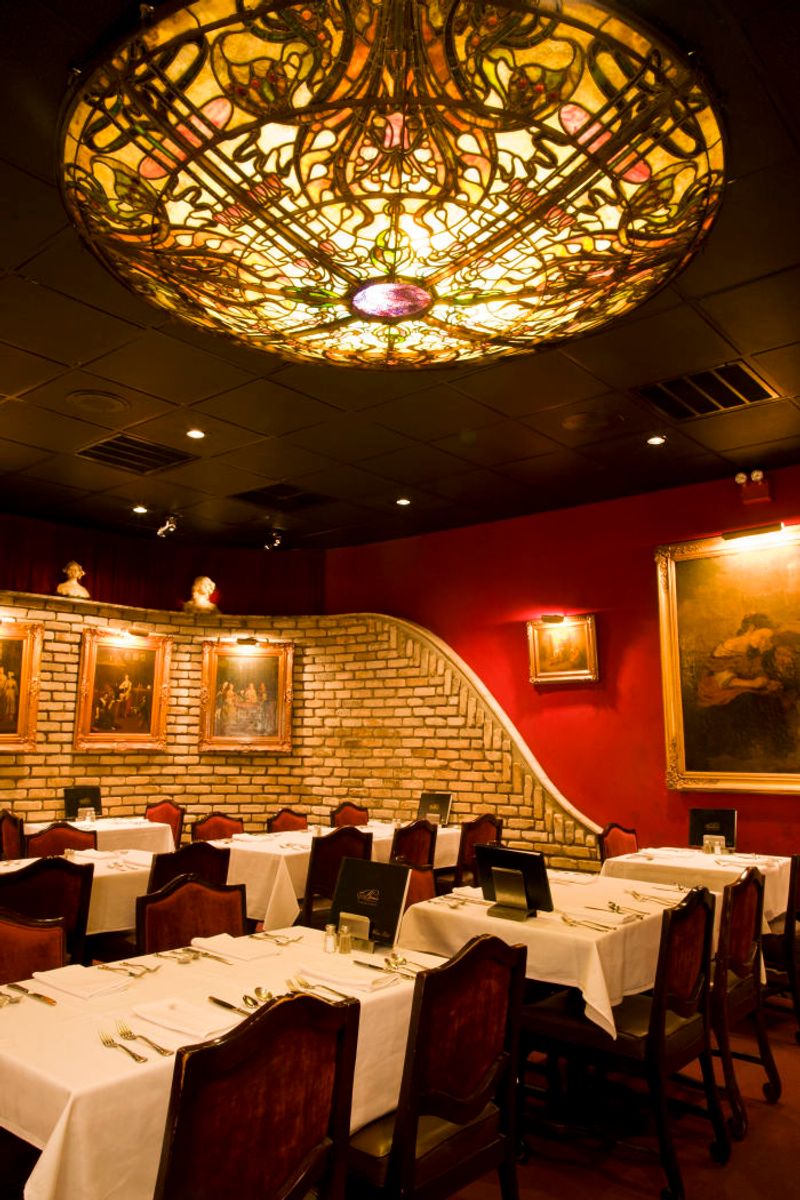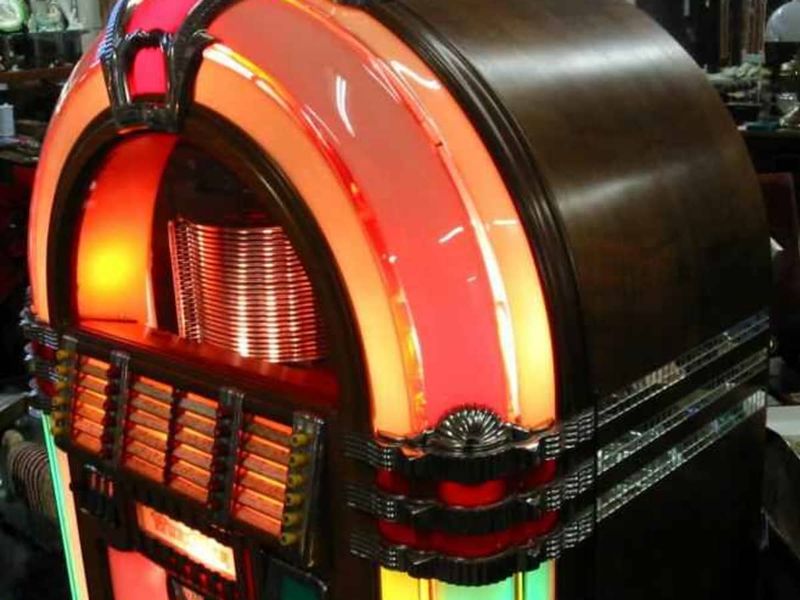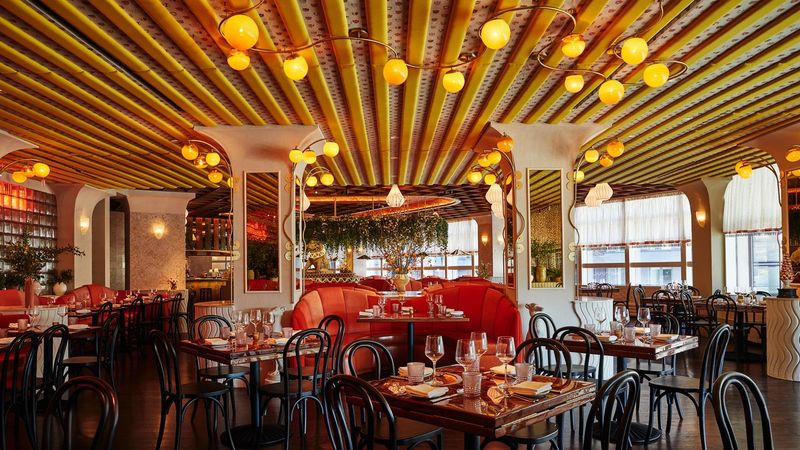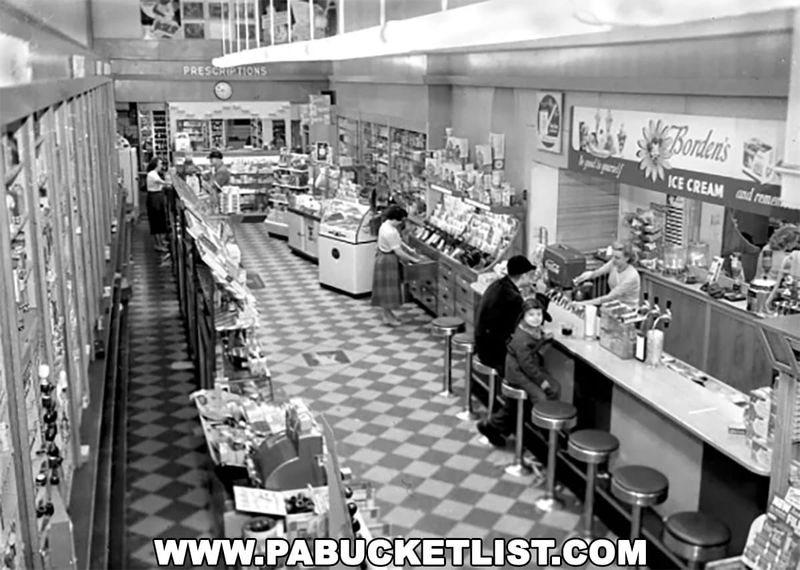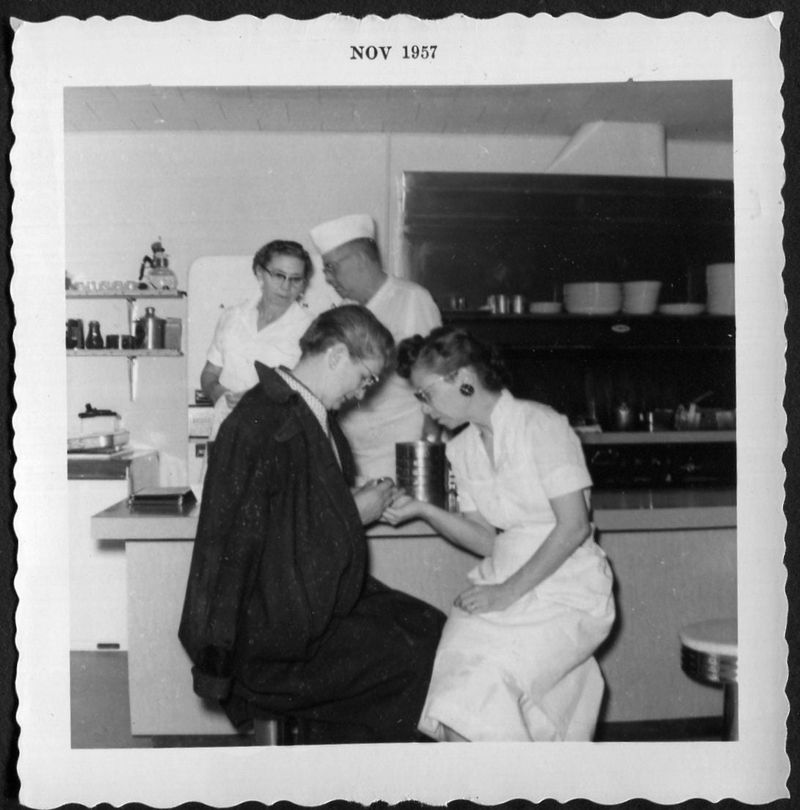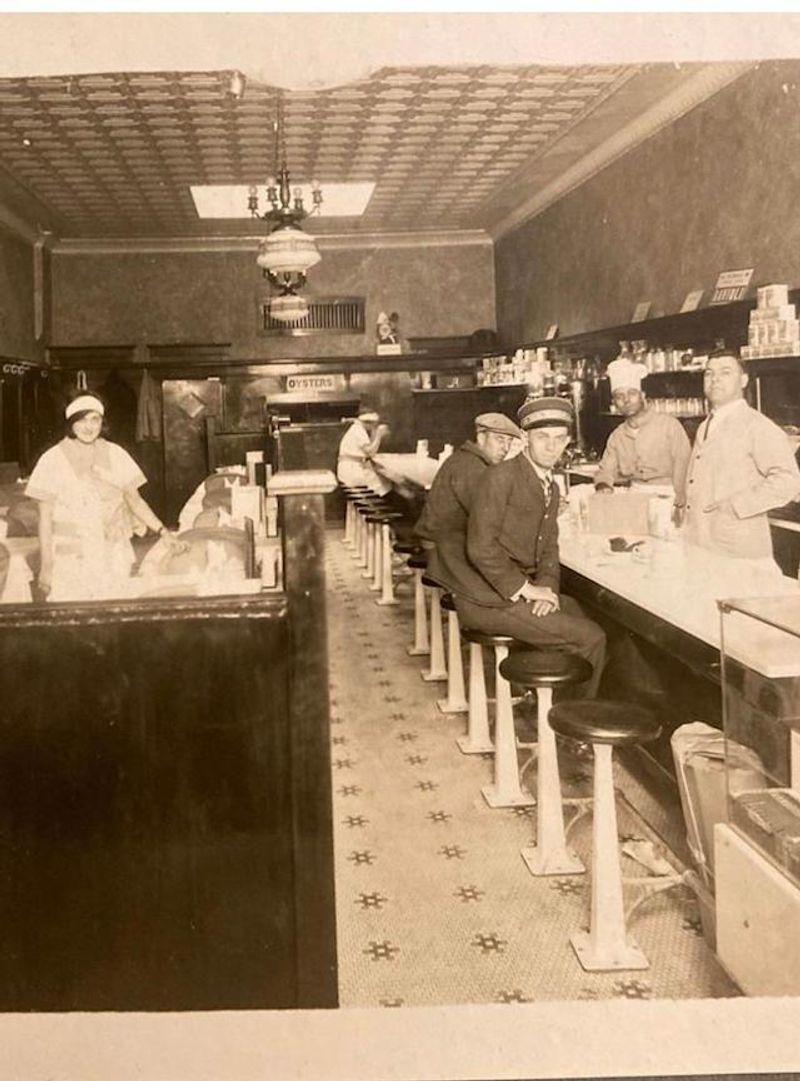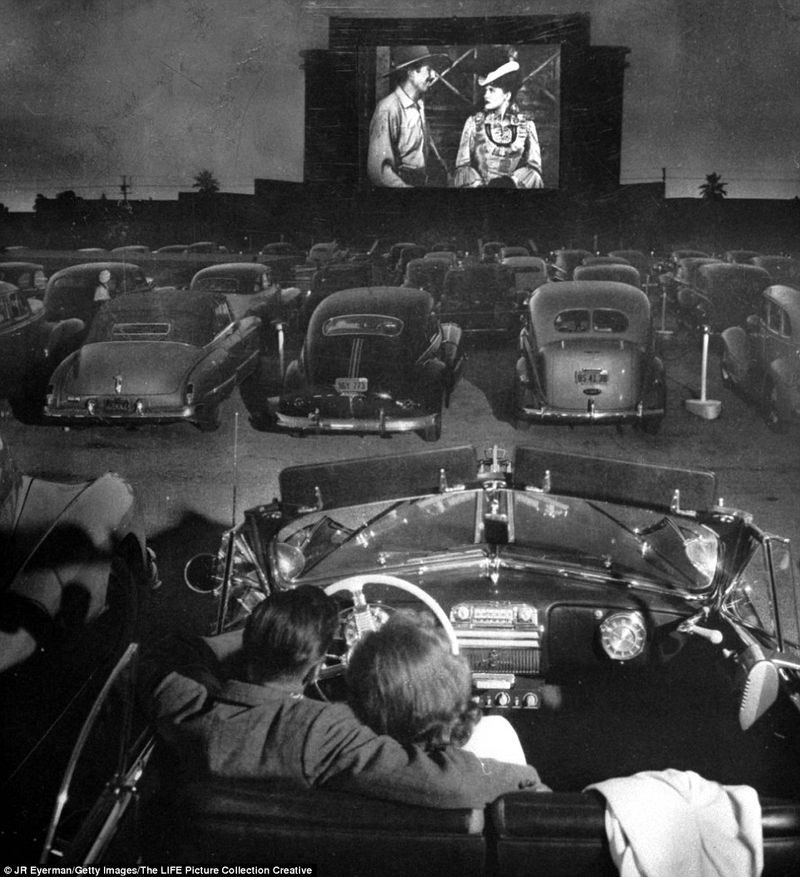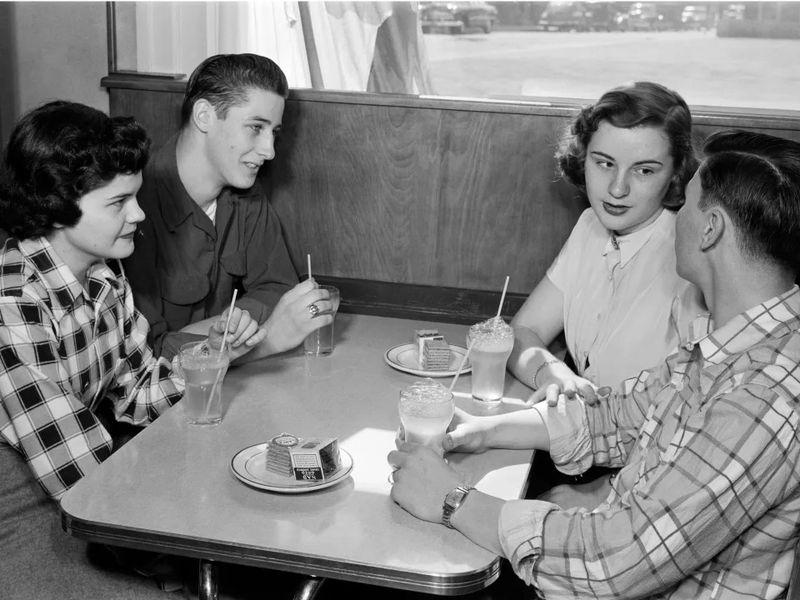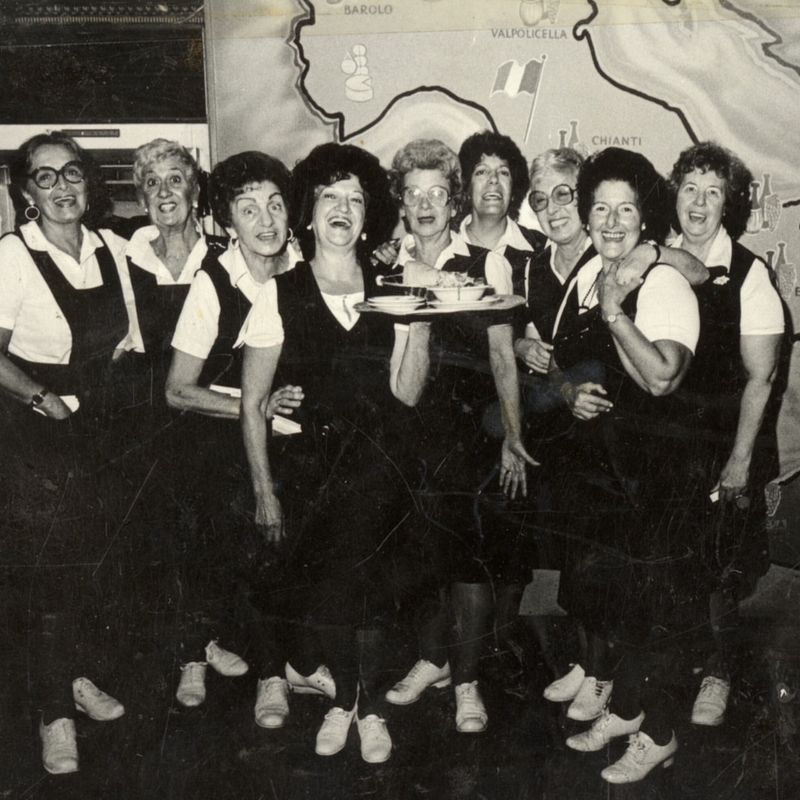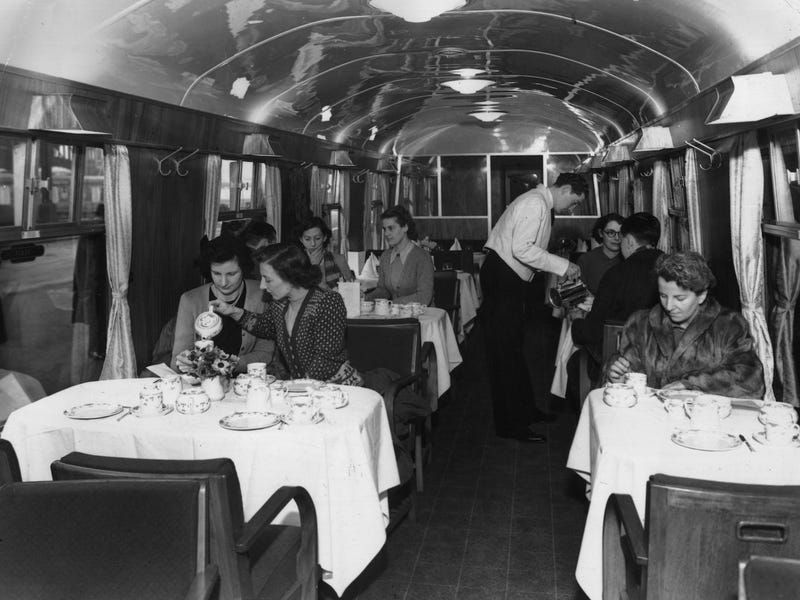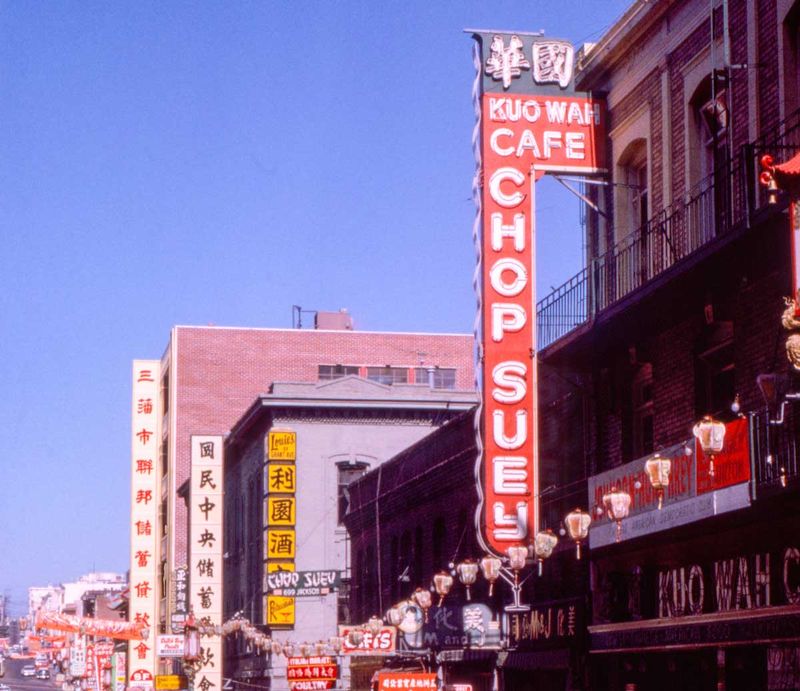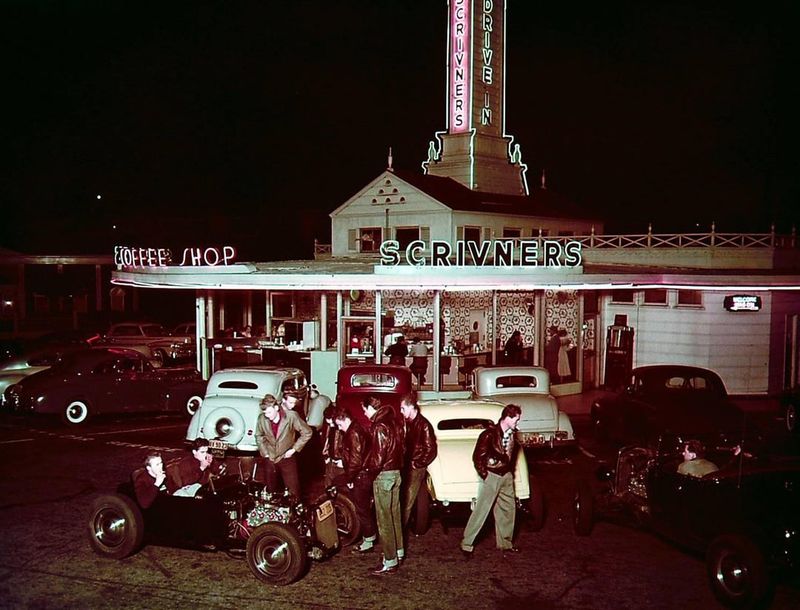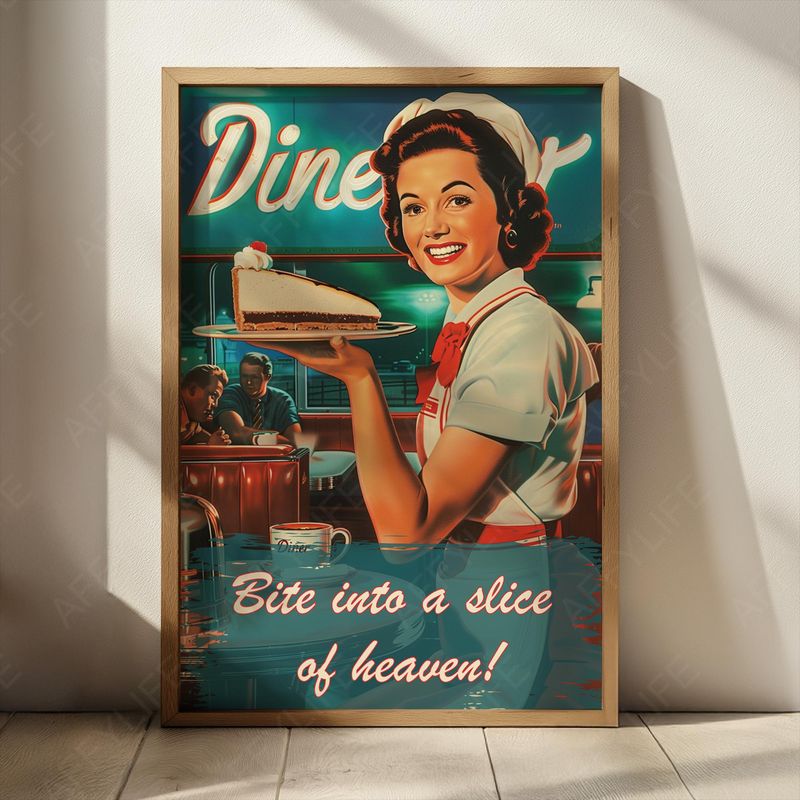Step back in time to the golden age of American dining—the fabulous 1950s! This decade wasn’t just about poodle skirts and rock ‘n’ roll; it revolutionized how Americans ate out.
From gleaming chrome diners to elegant train dining cars, eating establishments became social hubs where memories were made over milkshakes and burgers. Ready for a delicious trip down memory lane?
1. The All-American Diner
Nothing screams 1950s like a classic American diner bathed in neon light. Families slid into cherry-red vinyl booths beneath chrome fixtures that gleamed like automotive trim. The jukebox hummed in the corner.
Waitresses in crisp uniforms balanced plates along their arms with practiced precision. The menu? Simple comfort foods: meatloaf, pot roast, and bottomless cups of coffee for just a nickel. These weren’t just restaurants—they were community gathering spots where everybody knew your name.
2. Milkshakes and First Dates
Young love blossomed over frothy milkshakes served in tall glasses. Teenagers would save their allowance all week for these Saturday afternoon rituals of sharing a single shake with two straws—knees touching under the table, eyes locked across a mountain of whipped cream.
The soda jerk knew exactly when to disappear, giving nervous young couples their moment. Parents approved of these innocent outings, making the local malt shop the perfect backdrop for budding romance. Many marriages began with this simple, sweet tradition.
3. Waitresses on Wheels
Roller skating waitresses—known as carhops—transformed parking lots into theatrical stages. Balancing trays on one hand while navigating between vehicles required Olympic-level skill and a fearless attitude.
These young women wore perky uniforms complete with short skirts and sometimes even themed costumes. Customers flashed their headlights to summon service, then watched in amazement as their burger, fries, and shake arrived via this gravity-defying delivery system.
For many teens, landing a carhop job meant instant popularity and excellent tips.
4. Coca-Cola & Countertops
Soda fountains weren’t just places to grab a drink—they were architectural marvels of American design. Marble countertops stretched the length of the establishment, punctuated by gleaming chrome soda dispensers and mirrored backdrops.
Coca-Cola’s distinctive logo adorned everything from glasses to napkin holders. The soda jerks—usually clean-cut young men in paper hats—performed a choreographed dance of mixing, pouring, and garnishing.
The fizz of carbonation and clinking of spoons against glass created a soundtrack unique to these beloved institutions.
5. Hot Dogs at the Ballpark
Baseball and hot dogs—a marriage made in American heaven. Vendors wearing caps and aprons navigated crowded stadium aisles, calling out “Get your red hots!” as fans passed money hand-to-hand down the row.
Men in fedoras and women in summer dresses balanced mustard-slathered franks on their laps while keeping score on paper cards. The smell of grilled meat mingled with tobacco smoke and spilled beer.
No fancy toppings or artisanal buns here—just a simple dog in a steamed bun, wrapped in waxed paper, delivering pure satisfaction between innings.
6. Sunday Best at the Steakhouse
Dining out wasn’t casual in the ’50s—it was an occasion. Families emerged from church services straight to restaurants, fathers in pressed suits, mothers in gloves and hats, children scrubbed clean and warned to mind their manners.
Steakhouses represented the pinnacle of special-occasion dining. Waiters in formal attire carved prime rib tableside from gleaming silver carts. Potatoes arrived wrapped in foil, releasing clouds of steam when punctured with a fork.
The ritual of dressing up elevated the meal from mere sustenance to social ceremony.
7. The Jukebox Glow
Jukeboxes weren’t just music machines—they were mood-setters, relationship-starters, and democratic DJs. Their rainbow tubes cast a dreamy glow across booths where couples leaned close, deciding which songs deserved their precious nickels.
The Wurlitzer 1015 model—with its bubbling tubes and arched top—became an icon of American design. Teens strategically selected slow songs when hoping for a closer dance later.
Waitresses knew to give customers extra time when they huddled around the jukebox, understanding that choosing the right soundtrack was serious business.
8. Mom-and-Pop Italian Joint
Family-owned Italian restaurants brought Old World charm to American neighborhoods. Red-and-white checkered tablecloths covered tables where enormous platters of spaghetti and meatballs fed entire families for pennies.
Chianti bottles dripped with candle wax, creating romantic lighting that transformed humble surroundings. The owners often worked every position—Papa cooking, Mama hosting, and children serving.
Portions were enormous, doggy bags unheard of. The smell of garlic and tomato sauce wafted onto sidewalks, drawing in hungry passersby with its siren song of comfort and abundance.
9. The Classic Ice Cream Parlor
Ice cream parlors elevated frozen treats to art forms. Marble counters stayed cool to the touch while glass cases displayed dozens of homemade flavors waiting to be scooped into tulip-shaped dishes.
The banana split reigned supreme—a architectural marvel of fruit, ice cream, sauces, nuts, and whipped cream that required special elongated dishes. Families celebrated good report cards here. Little League teams commemorated victories.
Every town had its signature sundae, named after local landmarks or hometown heroes. The brass bell above the door announced each new customer seeking sweet relief from summer heat.
10. Greasy Spoon Glory
Short-order cooks performed culinary ballet behind counters, flipping eggs with one hand while laying bacon strips with the other. Their vocabulary was a secret language: “Adam and Eve on a raft” (two eggs on toast), “burn one” (well-done hamburger), “whiskey down” (rye toast).
Steam rose from grills that never cooled. Waitresses pinned orders above cooking stations using a mysterious system only they understood.
These humble establishments served workers before dawn and after midnight shifts, becoming second homes to regulars who occupied the same stool daily for decades.
11. Breakfast Before Work
Morning routines played out at counters across America. Men in fedoras and work clothes hunched over newspapers and steaming coffee, preparing for the day ahead in comfortable silence.
The breakfast counter served as an informal office where business deals were struck over eggs over easy. Waitresses remembered everyone’s usual order—”The usual, Fred?”—while keeping coffee cups perpetually filled.
For many working men, this daily ritual provided structure and community. The smell of toast, bacon, and coffee created a comforting prelude to the workday’s challenges.
12. Dine-In Theaters
Drive-in theaters revolutionized dining and entertainment by combining them brilliantly. Cars parked at precise angles facing enormous screens while metal speakers hooked onto partially lowered windows.
The true innovation? Carhops delivered trays that clamped onto car doors, transforming vehicle interiors into private dining rooms. Families spread napkins across laps while balancing burgers, fries, and massive sodas.
Young couples in back rows focused less on food and more on each other. The drive-in’s genius lay in creating private dining experiences within a communal setting—America’s perfect compromise.
13. Midnight Munchies
After proms and football games, teenagers descended upon 24-hour diners still wearing formal attire. Girls in taffeta dresses and boys in rented tuxedos crowded into booths, ordering mountains of french fries to share.
These late-night feasts became as important as the events that preceded them. Corsages wilted as the night progressed. Bow ties hung untied around necks.
Waitresses indulged the youthful exuberance, bringing extra napkins and turning a blind eye to occasional food fights. Many adults still recall these after-midnight meals more vividly than the dances themselves.
14. Waitress Smiles and Paper Hats
Waitressing in the ’50s required a specific uniform and an even more specific attitude. Crisp dresses—often pink or turquoise—featured white collars, short sleeves, and hemlines that hit precisely at the knee.
Paper hats perched atop carefully styled hair that never seemed to fall out of place despite hours of rushing between kitchen and customers. Name tags—”Flo” or “Betty”—invited friendly conversation.
These women mastered the art of efficient friendliness, remembering hundreds of orders without writing them down. Their genuine smiles turned simple meals into memorable experiences.
15. Dinner on the Rails
Train dining cars represented the pinnacle of mid-century elegance. White tablecloths and heavy silver flatware stayed mysteriously in place despite the gentle rocking of the cars.
Uniformed stewards moved confidently down narrow aisles, serving multi-course meals prepared in kitchens smaller than most closets. The constantly changing landscape outside picture windows provided the ultimate dinner entertainment.
Passengers dressed formally for these meals, considering them highlights of long-distance travel. The dining car’s unique combination of motion, service, and scenery created an experience impossible to replicate in stationary restaurants.
16. Chop Suey Nights
Chinese-American restaurants offered exotic adventures for middle-class families. Paper lanterns cast red glows across pagoda-shaped entrances where dragon motifs welcomed diners into unfamiliar culinary territory.
Lazy Susans spun in table centers, allowing everyone to sample multiple dishes family-style. Children giggled at their clumsy attempts with chopsticks before surrendering to forks.
Fortune cookies—an American invention—concluded these meals with cryptic predictions and lucky numbers. These restaurants introduced suburban families to flavors beyond meat-and-potatoes, expanding American palates one egg roll at a time.
17. The Automat Experience
Horn & Hardart automats transformed dining into a coin-operated adventure. Walls of small glass doors revealed tantalizing food treasures—each available for the correct combination of nickels inserted into slots.
The magic happened behind these windows where unseen hands replenished empty compartments. Customers carried trays through the gleaming space, selecting macaroni and cheese, baked beans, and lemon meringue pie without speaking to a single server.
Children begged parents to let them deposit the coins, entranced by this seemingly magical food delivery system that felt like stepping into the future.
18. Drive-In Date Night
Saturday nights transformed parking lots into social hubs as teenagers and young couples pulled into drive-in restaurants. Neon signs pierced the darkness, creating romantic ambiance that rivaled fancy establishments.
Car radios tuned to the same station played background music while window trays held burgers wrapped in paper and thick milkshakes. The car interior became a private dining room with the best seats in town.
Many marriage proposals happened in these humble settings—the glow of dashboard lights illuminating nervous faces and hopeful hearts as young men reached into pockets for small jewelry boxes.
19. The American Pie Moment
No 1950s dining experience concluded properly without pie. Glass display cases rotated slowly, showcasing flaky crusts and colorful fillings—cherry, apple, lemon meringue—all made fresh daily by bakers who arrived before dawn.
Waitresses developed signature moves for sliding plates across counters with theatrical flair. “A la mode” added a perfect scoop of vanilla ice cream, melting slowly against warm filling.
Regular customers had standing orders—”Save me a slice of the coconut cream, Doris!”—knowing popular varieties sold out by afternoon. Pie wasn’t just dessert; it was the sweet punctuation at the end of America’s dining sentences.
